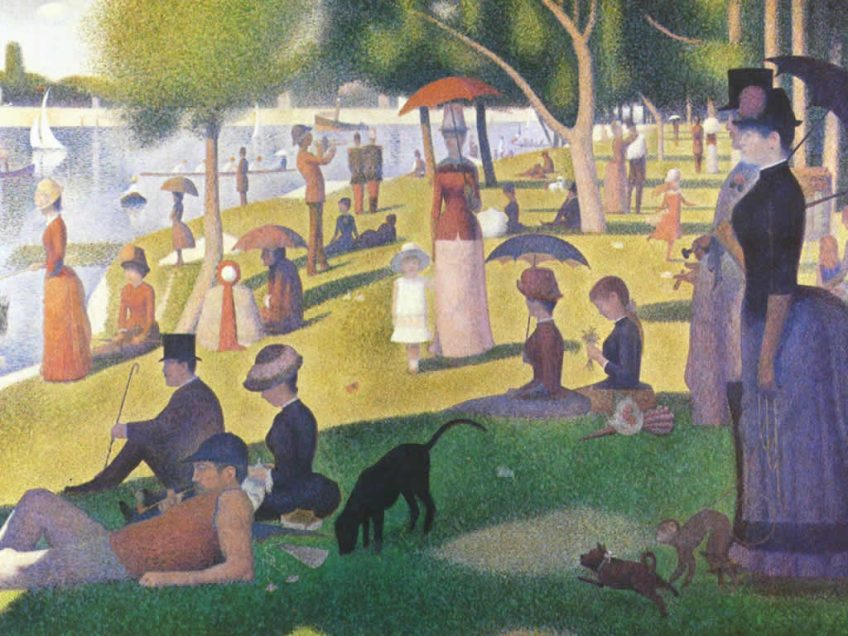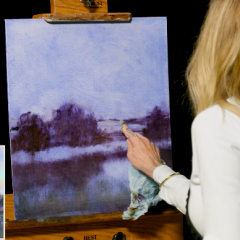Fine art schools, as opposed to liberal arts schools, narrow the focus of study and training in fields such as ceramics, fiber arts, glass, graphic design, industrial design, interior design, metals/jewelry, multimedia/visual communications, painting/drawing (illustration), photography, film-making, printmaking, and sculpture.
Fine art schools can be found in nearly every major cultural center in the world: eighteen countries total on five of the seven continents. This opens a whole plethora of opportunity in a wide range of art disciplines, as art is so heavily influenced by culture.
For example, ceramics not only differ from artist to artist, but will also differ widely according to geographical locals. North American and European ceramics will differ widely in form and style from ceramics in South America and Asia, for instance.
The same can be said for just about any visual and performing art form from painting, drawing, and calligraphy to dance and music. Ones native culture is not always ones preference, either. The pursuit of art is always a very personal thing.
The common misconception is that some people are artistic and others are not has led to proposals in lower education NOT to grade art classes. Frankly, the whole notion is poppycock. Everyone is talented and creative and capable of producing (or performing) something of beauty. That’s where fine art schools fill a niche.
While it may seem counterintuitive to have “rules” for art, (if one considers art as personal expression,) there are nevertheless, standards for say, composition and design that almost everyone finds pleasing or attractive in some way. It’s perhaps a way in which the brain functions – a mathematical energy, so to speak – that makes one composition more attractive than another. Therefore, if ones aim is to earn a living by fine art, it is advisable to learn what the basic rules are, as well as the techniques for applying them.
That being said, once one has the basic rules and techniques well in hand, (which can be learned by anyone with the desire to do so,) the properly trained artist can then break those rules in unique and creative ways. But, he or she must know why, how, and when to break them. For that, there are many fine art schools and design colleges that offer excellent training.
Studying abroad naturally has an allure for those seeking a wide range of cultural experiences. In Europe, Italy, the birthplace of the Renaissance, has appeal for those who love the classics. Germany, France, Spain, and England also offer rich classical art museums and many accompanying fine art schools.
Asian fine art reflects its mysterious and ancient culture and the student enamored with it can find institutes of fine arts in China, Singapore, and Taiwan, as well as India and Malaysia.
After schooling, depending on the level of success one aims for in a fine arts career, achieving that goal may well depend on proper marketing and getting to know the “right” people. That’s often an element of art that puts many otherwise very creative people off. In the end, the most successful artists are the ones who love what they do regardless of the income it brings in. And even for those individuals, fine art schools are a good choice and money well spent.









